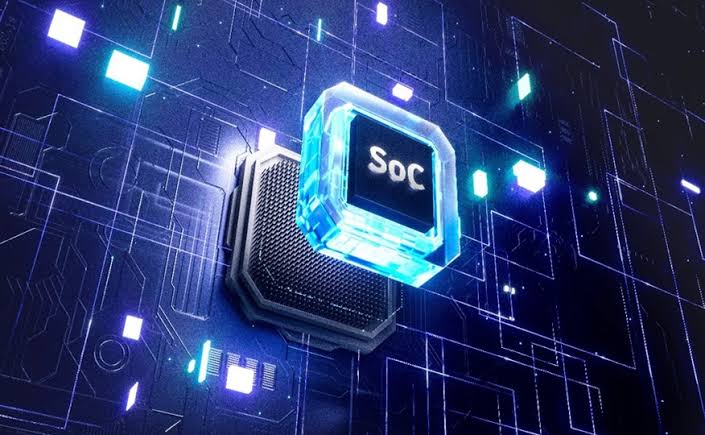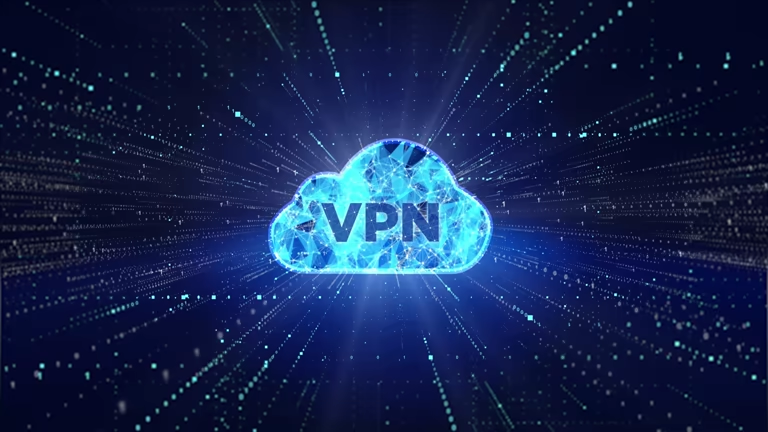In the modern digital battlefield, where attackers move invisibly and strike without warning, an effective Security Operations Center (SOC) is not just a technical asset — it is the beating heart of an organization’s defense. Without it, even the best firewalls, antivirus systems, and endpoint protections are like soldiers scattered without a command center.
A SOC is more than a room full of glowing monitors and silent analysts. It is a nerve center of vigilance, collaboration, and constant adaptation. It’s the place where raw threat data becomes actionable intelligence, where a suspicious network blip can lead to uncovering a nation-state intrusion, and where the line between safety and breach is drawn every single day.
But building an effective SOC is not about buying the most expensive tools or hiring a few smart people. It’s about crafting a finely tuned ecosystem — where technology, people, and processes work together with precision.
Defining the Purpose and Scope
Before any walls are built, before any technology is purchased, the first and most crucial step in building a SOC is answering a deceptively simple question: What is it for?
The purpose of a SOC must be rooted in the unique needs of the organization. A global financial institution has different security priorities than a regional hospital. A government agency faces different adversaries than a retail chain. Some SOCs focus heavily on compliance, others on rapid incident response, others still on intelligence-driven hunting of advanced persistent threats.
The scope defines what the SOC is responsible for — and equally important, what it is not. Will it monitor only internal corporate networks, or also cloud assets, IoT devices, and third-party integrations? Will it operate 24/7 or only during business hours? Will it provide incident response for all subsidiaries, or just a core business unit?
Without clear purpose and scope, the SOC risks becoming a chaotic collection of tools and tasks with no unified mission.
Building the Right Team Culture
An SOC’s most critical asset is not its technology — it’s the human beings who run it. The best SIEM (Security Information and Event Management) system in the world is useless without skilled analysts who know how to interpret its alerts.
The culture of a SOC must be one of curiosity, discipline, and resilience. Analysts need to question everything. A spike in outbound traffic at 2:00 a.m. might be a false positive — or it might be the first sign of a ransomware attack. The difference between ignoring it and investigating it could be millions of dollars.
A healthy SOC culture is collaborative. Junior analysts should feel comfortable asking questions, and senior analysts should be willing to mentor. Ego has no place here — the goal is not to be “right” individually but to protect the organization collectively.
Burnout is a real danger. SOC work can be high-stress, especially during prolonged incidents. Rotating responsibilities, providing mental health resources, and celebrating victories (even small ones) help maintain morale.
Choosing the Right Location and Layout
The physical design of a SOC still matters, even in an age of remote monitoring. The location must be secure, ideally within a facility that is itself protected by physical access controls, surveillance, and redundant power systems.
Inside, the layout should enable clear communication. Analysts often work in pods or clusters, with large display screens showing the status of ongoing incidents, threat intelligence feeds, and system health. Lighting should be comfortable — bright enough to keep analysts alert, but not so harsh as to cause fatigue during long shifts.
Acoustic considerations matter. The hum of servers and the chatter of a busy SOC can be distracting. Soundproofing, careful desk spacing, and high-quality headsets help maintain focus.
Selecting and Integrating Technology
Technology is the backbone of any SOC, but the key is integration. Buying isolated tools without ensuring they work together is a recipe for inefficiency.
At the heart of most SOCs is the SIEM platform. This central system aggregates logs and events from across the organization: network devices, endpoints, servers, applications, and cloud services. But a SIEM is only as good as the data it ingests — and the rules it uses to detect suspicious activity.
Beyond the SIEM, SOCs rely on endpoint detection and response (EDR) tools, intrusion detection/prevention systems (IDS/IPS), threat intelligence platforms, vulnerability scanners, and sometimes SOAR (Security Orchestration, Automation, and Response) solutions.
The integration of these tools allows analysts to move quickly from detection to investigation to containment. For example, if the SIEM flags a suspicious login from an unusual location, the EDR can be triggered to isolate that endpoint, while the SOAR platform automatically creates an incident ticket and notifies the on-call analyst.
Developing Strong Processes and Playbooks
A SOC without clear processes is like a hospital without triage protocols. When alerts come in — and they will, in overwhelming numbers — analysts need a well-defined process to determine which ones require immediate action and which can be deprioritized.
Playbooks are step-by-step guides for common incident types: phishing attempts, malware infections, insider threats, data exfiltration, denial-of-service attacks, and more. They standardize the response, ensuring that different analysts take consistent actions even when working under pressure.
These processes must also define escalation paths. Not every alert needs to be escalated to senior staff or the incident response team, but when a genuine breach is detected, everyone must know exactly who to call, what evidence to preserve, and what systems to isolate.
Implementing 24/7 Monitoring and Threat Hunting
Cyber threats don’t work office hours. Attackers operate in multiple time zones, often striking when organizations are least prepared. A modern SOC must be capable of 24/7 monitoring — whether through in-house staff, outsourced services, or a hybrid approach.
Beyond reactive monitoring, mature SOCs engage in threat hunting: proactively searching for signs of compromise that may have evaded automated detection. Threat hunting relies on both technical skill and intuition. A skilled hunter might notice a pattern in network flows that doesn’t match normal behavior, then investigate to uncover a stealthy command-and-control channel.
Leveraging Threat Intelligence
Threat intelligence is the difference between fighting an unknown enemy and knowing their tools, tactics, and motivations. An effective SOC subscribes to multiple threat intelligence feeds — from commercial vendors, open-source communities, and industry-specific sharing groups.
But raw threat data is not enough. Analysts must contextualize it for their environment. A zero-day vulnerability in industrial control systems is urgent for a power plant but irrelevant for an e-commerce retailer. The SOC must filter and prioritize intelligence so that it enhances detection and response rather than overwhelming the team with noise.
Testing, Drills, and Continuous Improvement
No matter how well a SOC is built, it is never truly “finished.” Threat landscapes evolve daily, and attackers constantly adapt. A SOC must engage in regular testing — from red team/blue team exercises to full-scale incident simulations.
Tabletop exercises, where analysts walk through hypothetical scenarios, help identify weaknesses in processes. Live-fire drills, where simulated attacks are launched against the organization, test not just detection but also coordination and communication under pressure.
Each incident, whether real or simulated, should be followed by a post-incident review. What went well? What slowed the response? Which alerts were missed, and why? Continuous improvement is the lifeblood of an effective SOC.
Measuring Success and Demonstrating Value
An SOC is an investment, and executives will want to see a return — not in profits, but in risk reduction. This requires clear metrics: mean time to detect (MTTD), mean time to respond (MTTR), number of incidents contained before causing damage, reduction in false positives, and more.
But numbers alone cannot capture the full value of a SOC. Success is also measured in avoided disasters — the ransomware attack that never happened because it was stopped in the first minute, the insider threat neutralized before data could be stolen, the phishing campaign dismantled before any employee clicked the link.
Preparing for the Future of SOC Operations
The future of SOCs is shaped by automation, artificial intelligence, and ever-more complex threat actors. Machine learning models are already helping detect anomalies in vast datasets, while SOAR platforms automate repetitive tasks. But technology will never replace human judgment entirely.
The SOC of the future will be more hybrid, integrating human expertise with automated precision. It will also be more collaborative, working not just within one organization but across industries and borders to counter global cyber threats.
Building a SOC today means designing it to evolve, so that it can meet tomorrow’s challenges with the same adaptability that keeps it alive today.
The Human Story Behind the Screens
At its core, a SOC is about people. Behind every flashing alert, every blocked intrusion, and every midnight investigation is a human being — someone who chose this work not just as a career, but as a mission.
They are the quiet guardians, watching the network so the rest of the organization can sleep. They celebrate in silence when they stop an attack no one else will ever hear about. They carry the weight of knowing that in cybersecurity, perfection is impossible — and yet they strive for it every single day.
To build an effective SOC is to build a sanctuary for these people, a place where their skills, instincts, and dedication can protect not just data, but trust, reputation, and the very lifeblood of an organization.






